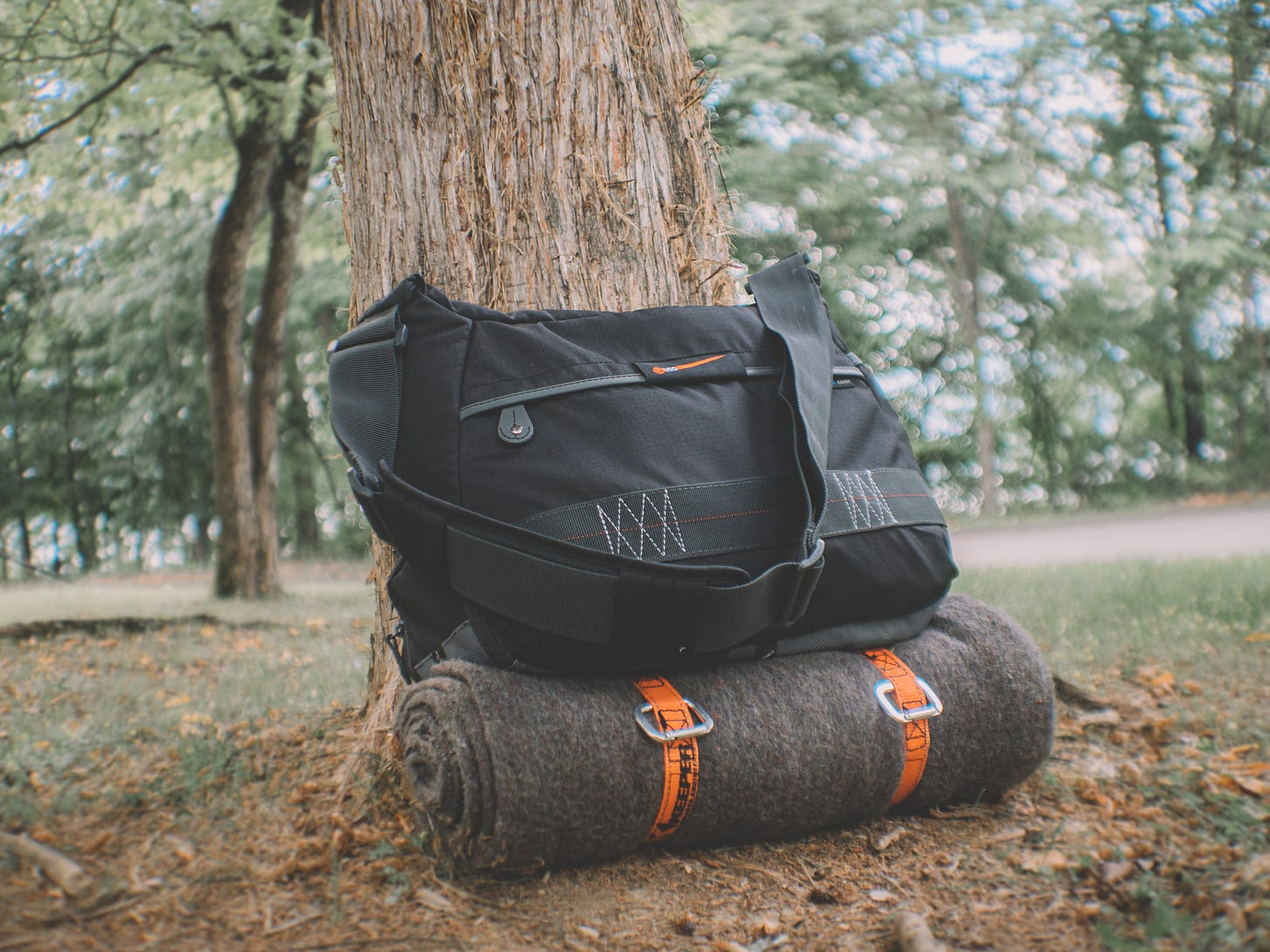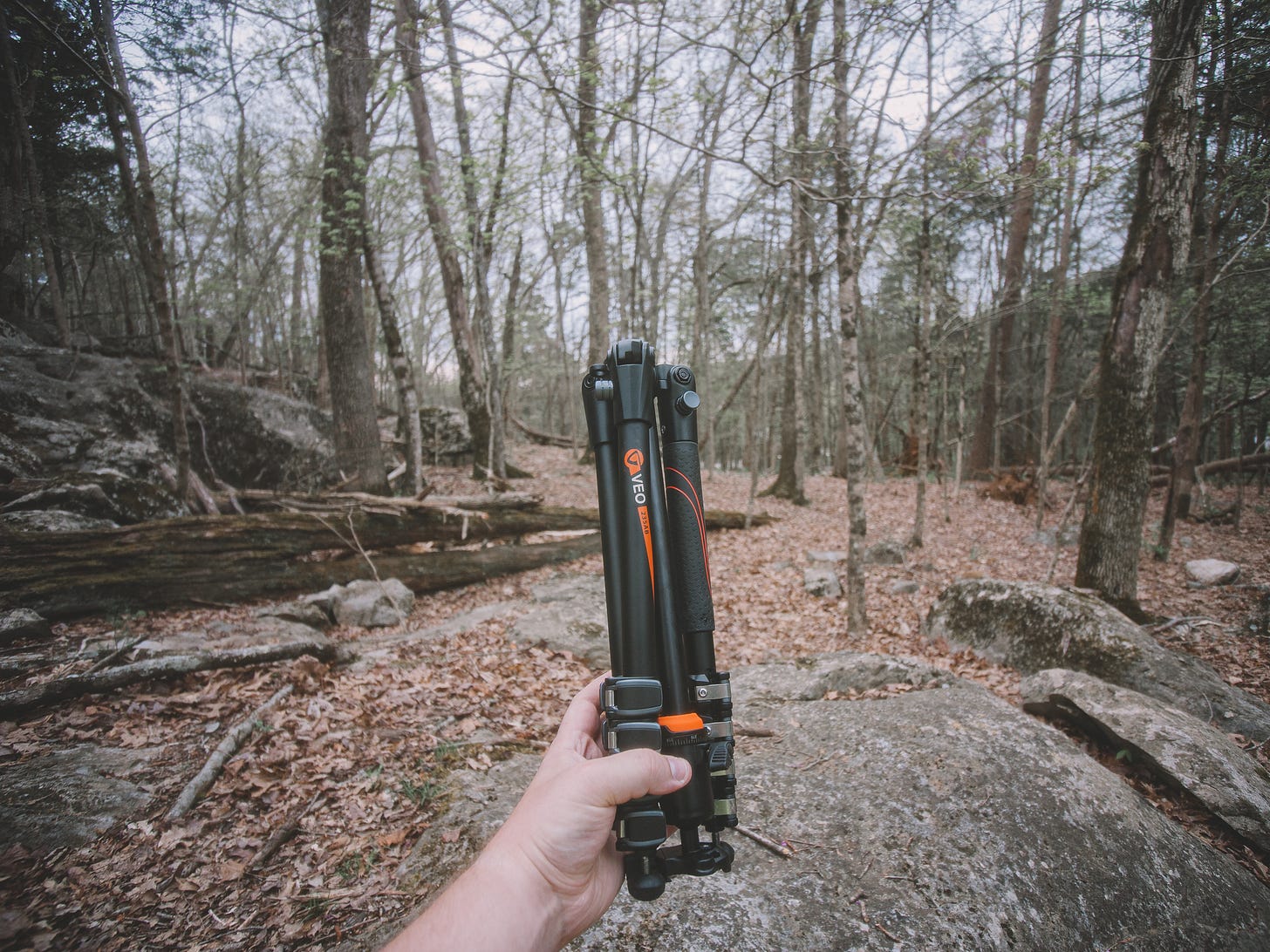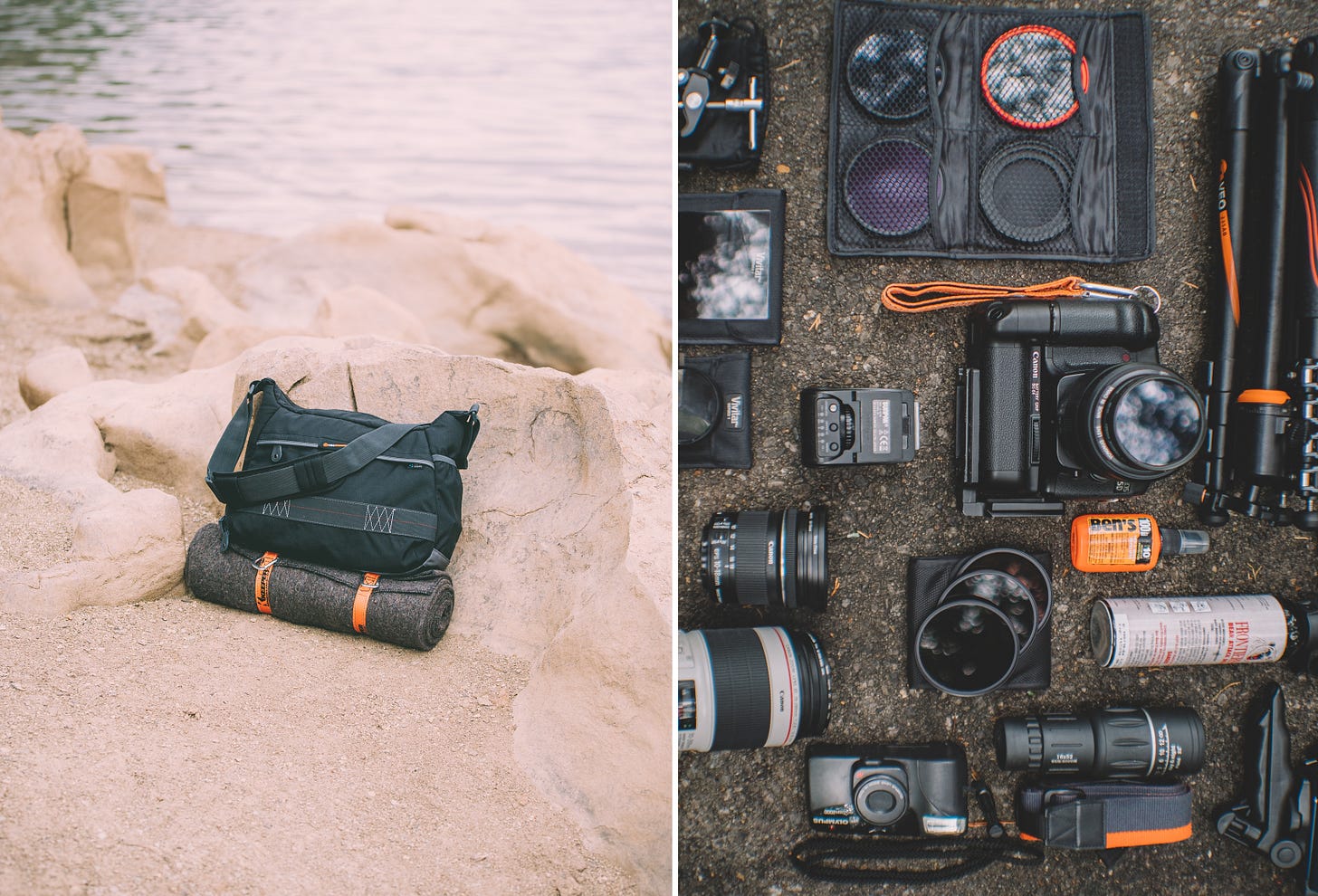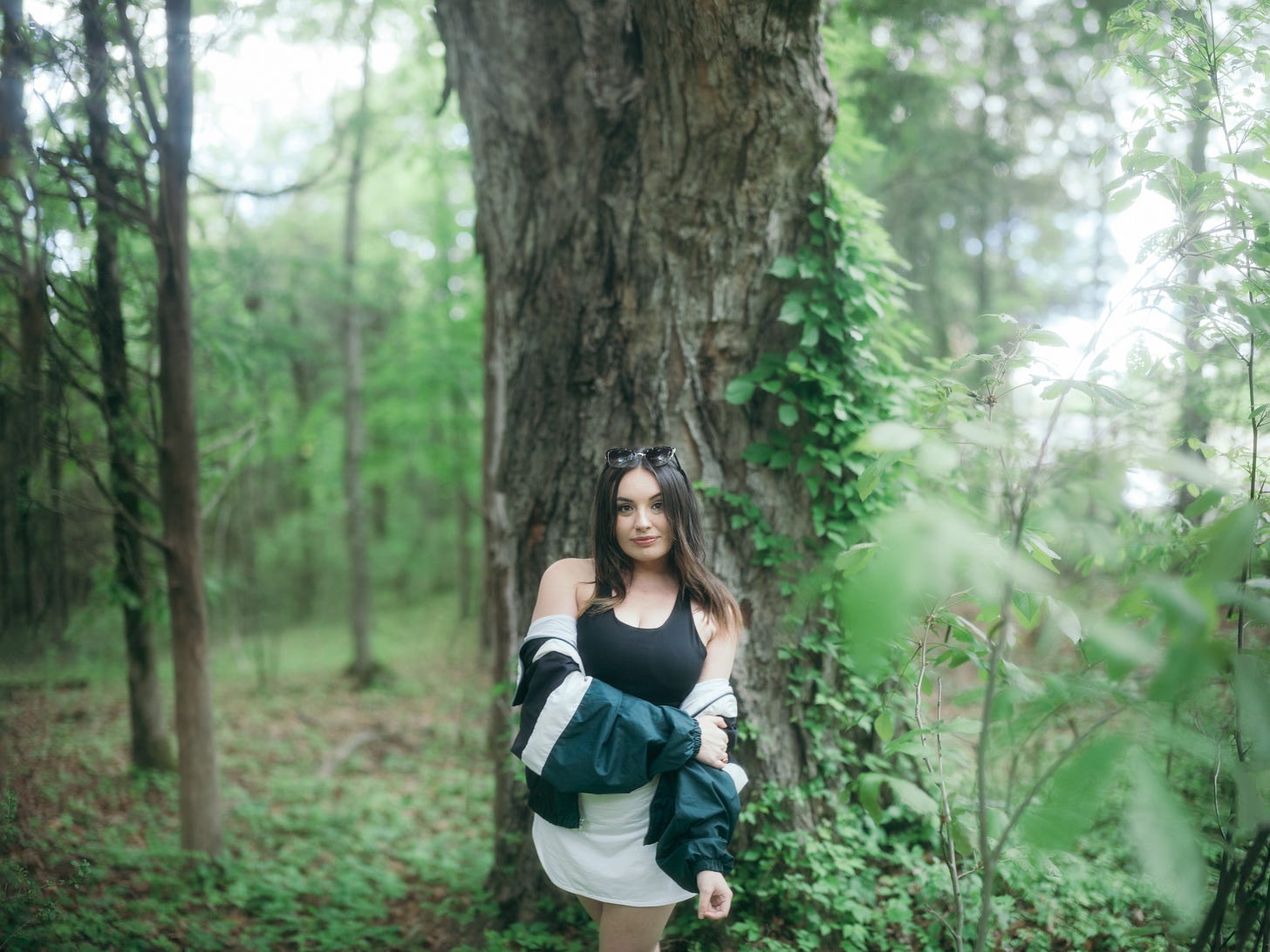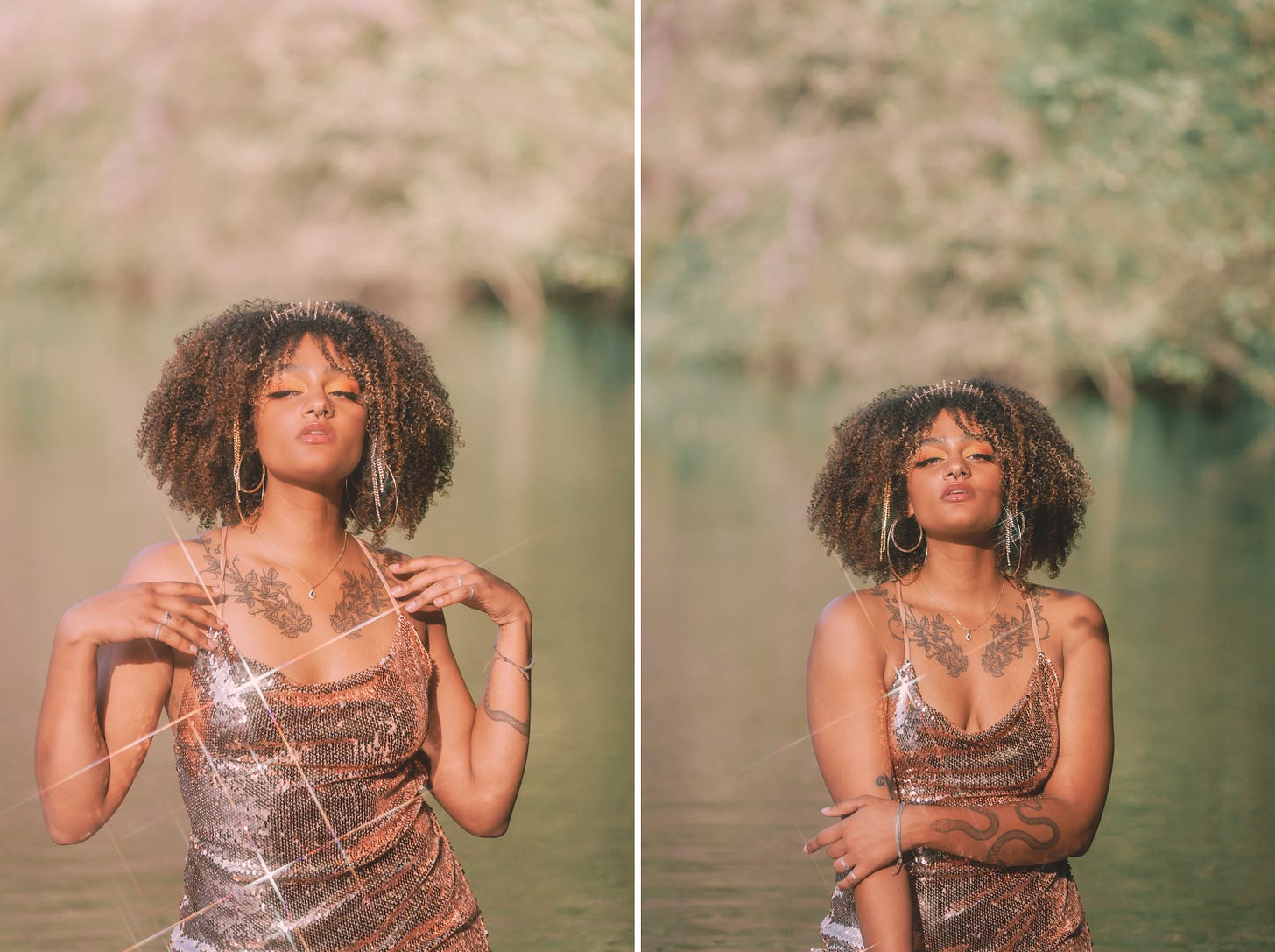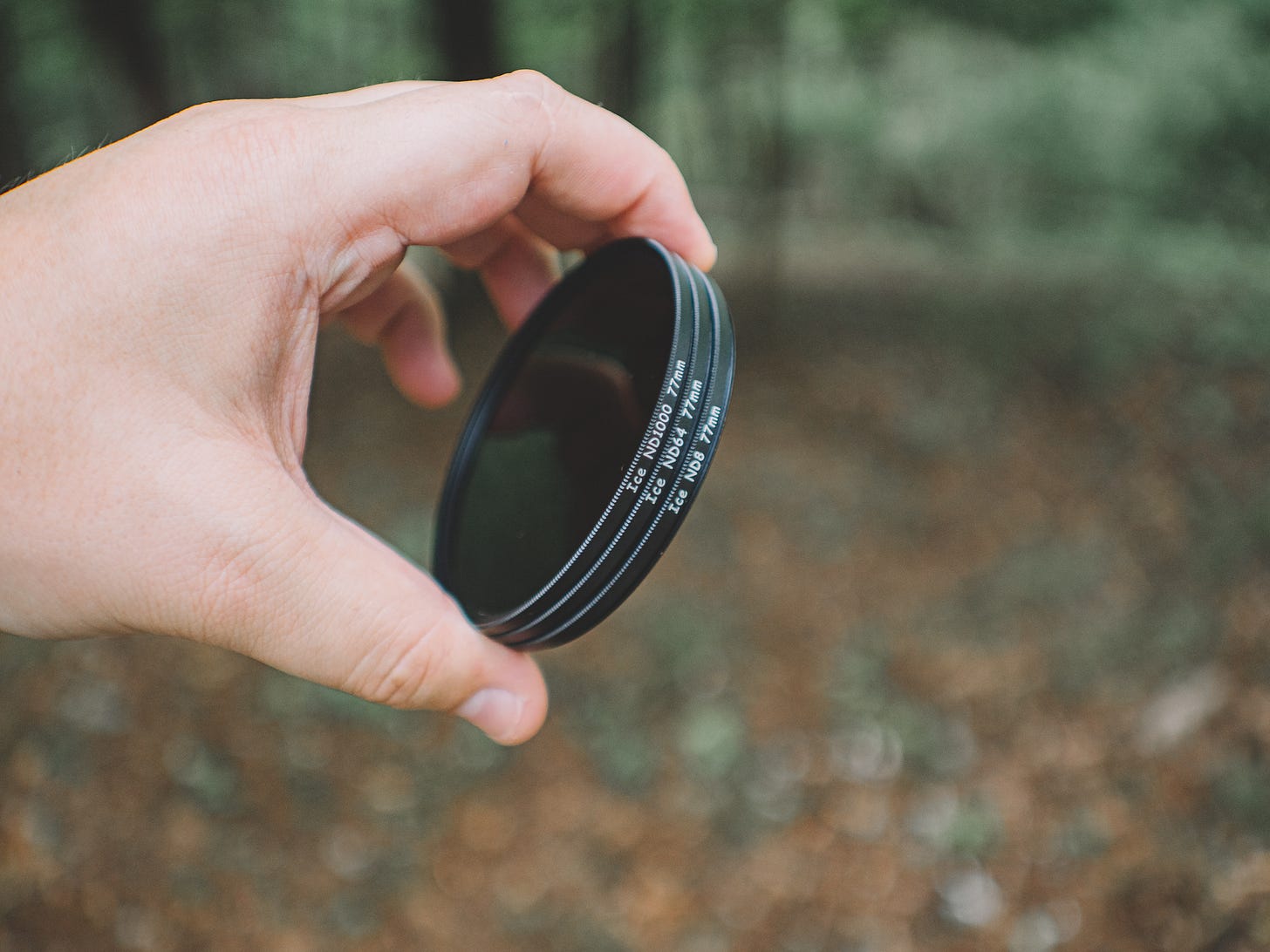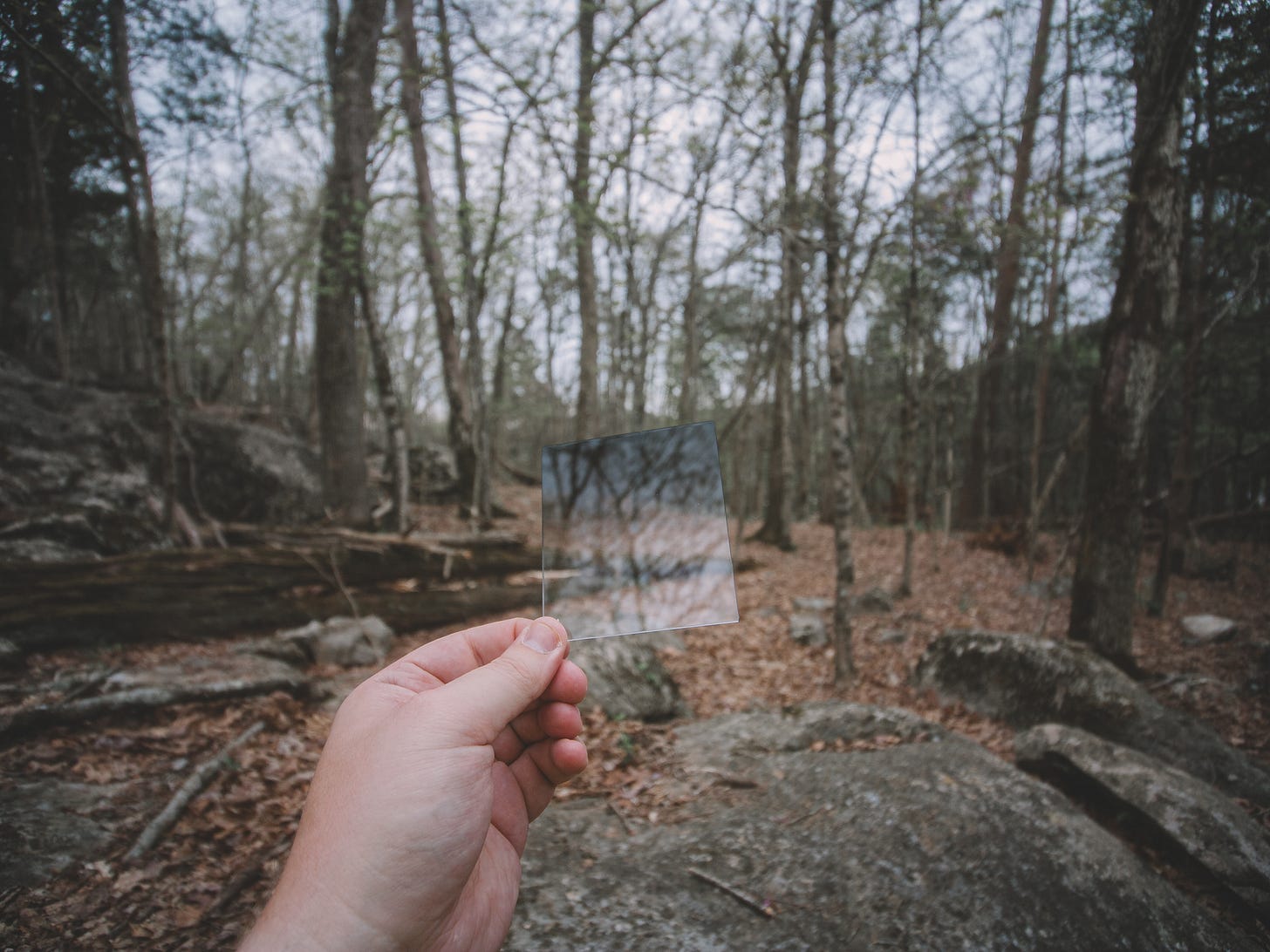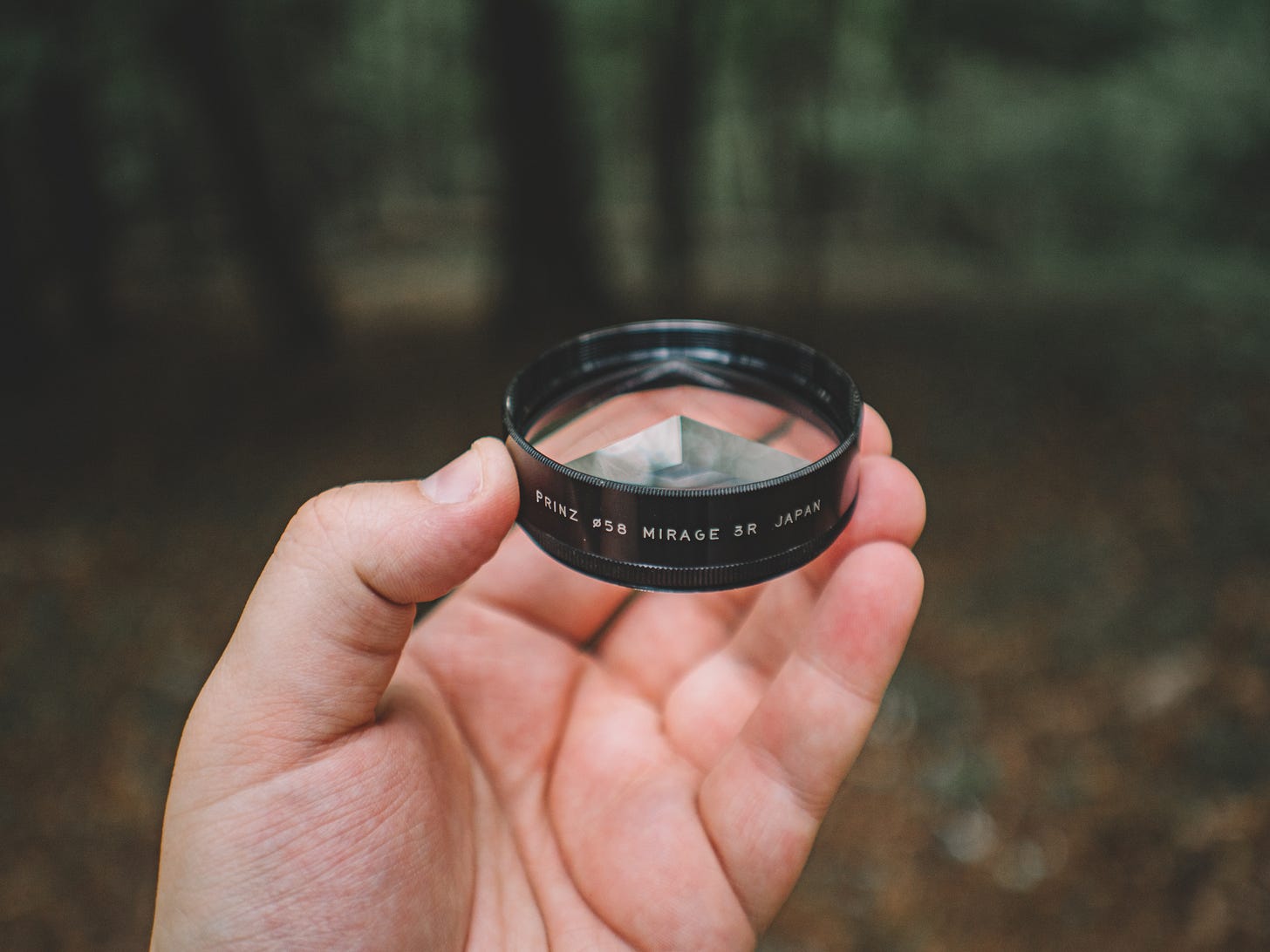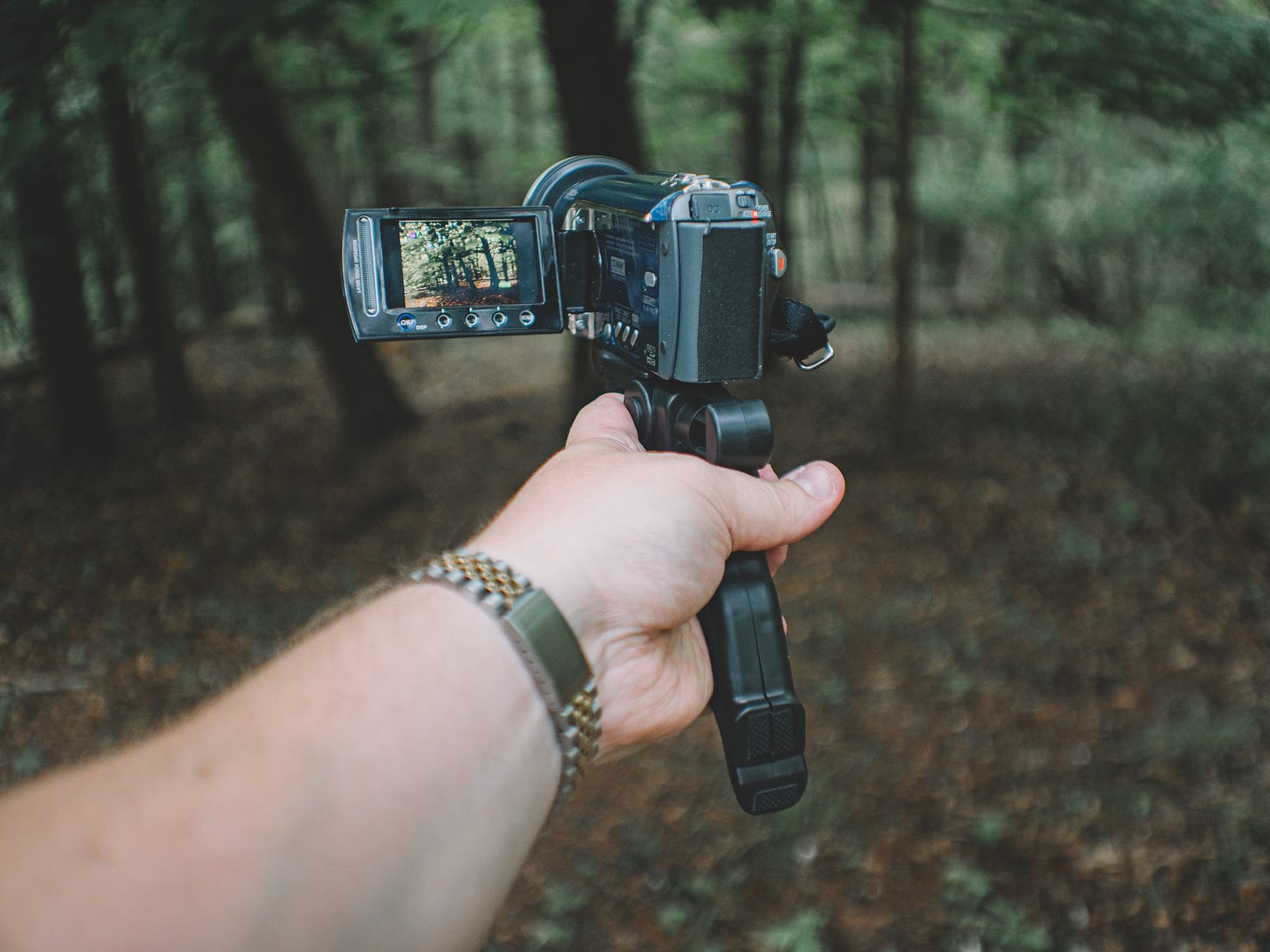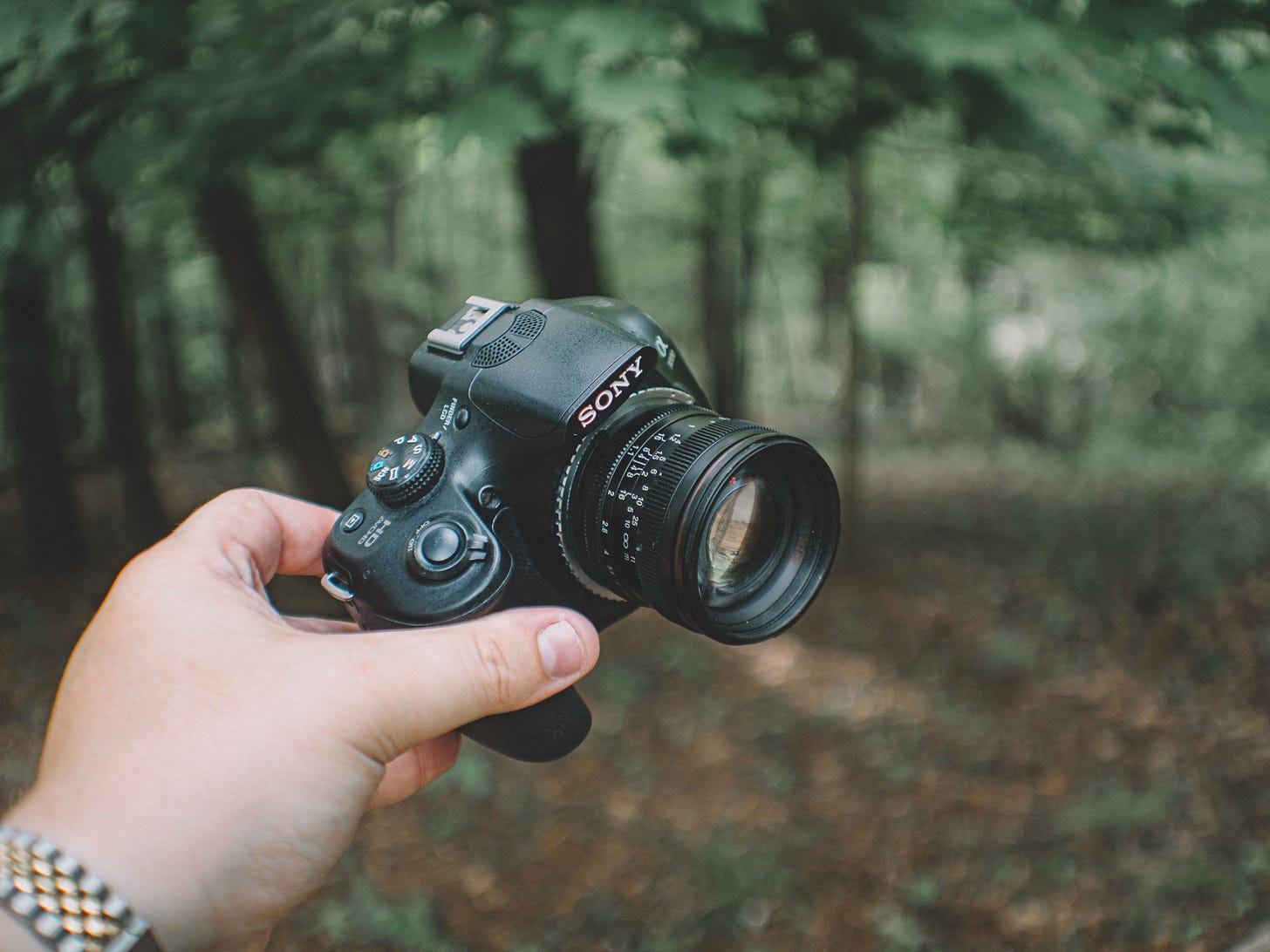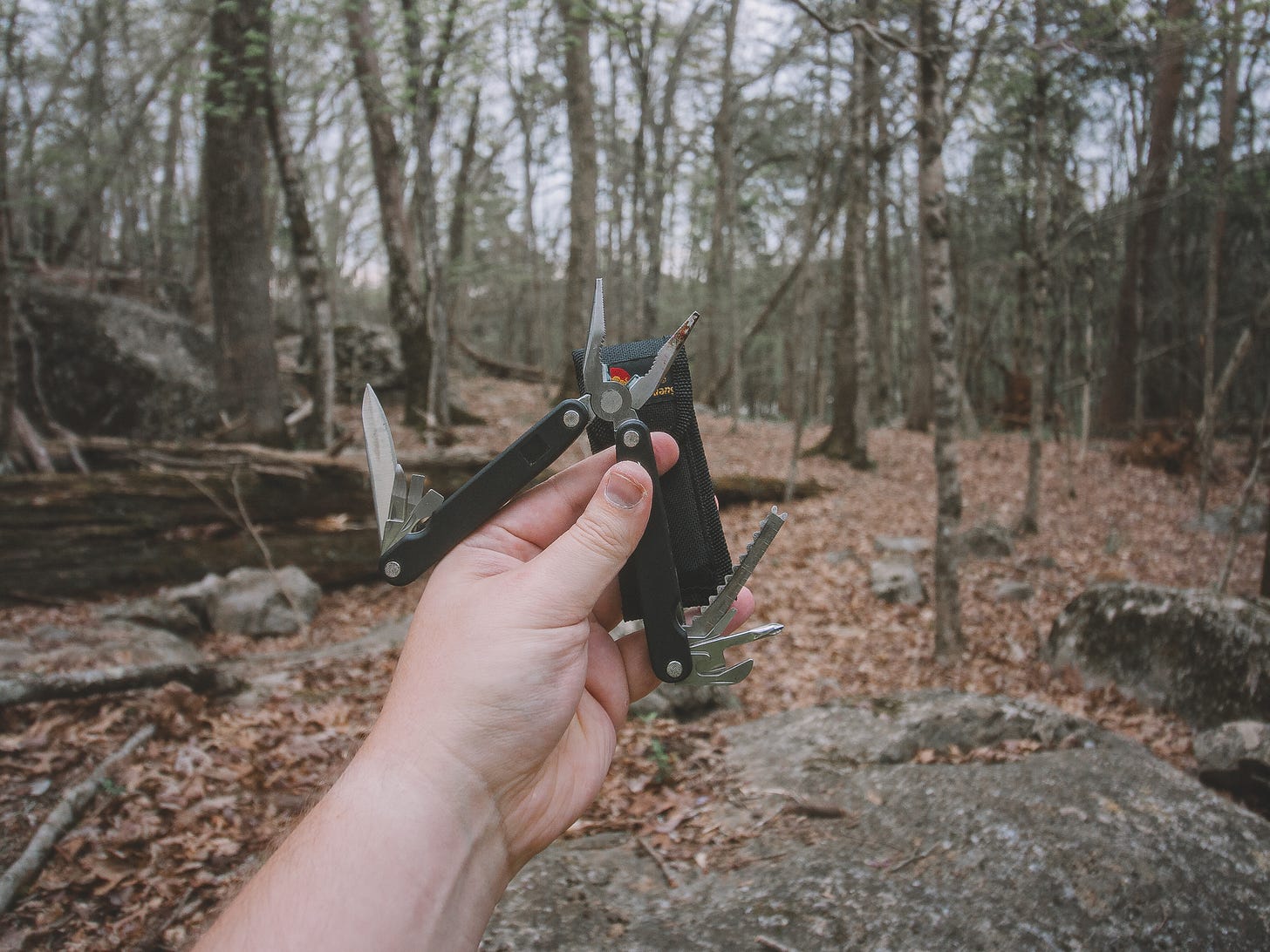As I said before, I’ve wanted to do a run though of everything I’ve been carrying in my camera bag for the past few months. With a few precautions, I’ve managed to get back to work in full swing and my bag definitely reflects this. So, here’s everything I need for any kind of day on the job or just a walk through the woods.
The undoing of all “what’s in my bag” content, is that logically, it makes sense to show the bag first, however, that is almost always the most boring part. This post is no different, however, he Vanguard VEO 37 does have a little tiny surprise! The bottom portion of the bag is custom fit for it’s very own tripod, the Vanguard VEO 265.
This feature ensures that I always have a tripod on me, and even though Vanguard sells a carbon fiber version of the 265, I’ve found that the aluminum version is just fine for me, and is certainly the lightest tripod I’ve ever owned. While the tripod doesn’t reach all the way up to eyelevel on it’s own, only reaching 5ft fully extended, with an L bracket and a battery grip on my camera, I’ve found that I rarely have to hunch over to look through the viewfinder.
Speaking of which, we should really talk cameras.
My primary camera is the Canon 5D Classic. After switching away from Canon several years ago for Olympus Micro Four-thirds cameras, I missed how easy it was to edit and grade the Canon files, and decided to go back. I still use M43s cameras all the time for video work (another bag for another day), and the occasional stills (such as all the photos taken for this article).
On my camera is my short Keeper strap, the Canon BG-E4 battery grip, and an Arca Swiss L-Bracket that works with the VEO 265 tripod head.
Along with my camera, the other most important tools in my bag are my lenses and filters. Usually on my camera all the time, I’ve got the Yongnuo 50mm f/1.4.
This is my favorite lens that I have ever used. I love the 50mm focal length for portraits and landscapes and this lens combined with my favorite filters had a very dreamy look to it.
As far as filters go, I keep a Circular Polarizer, Cross Screen, and a homemade diffusion filter on this lens, and the next lens all the time.
This is the Canon 70-200mm f/2.8 IS III and it weighs so much I often put this Small Rig wooden handle on it so I can hold onto it a little better. While it’s weight does occasionally cause it to be left at home or in the car, I always find that I wish I’d just brought it with me. Its zoom range has so much use to me and I use it for so many different types of photography. I love getting really tight landscapes or dreamy portraits or wildlife shots with it, and even though it’s my heaviest lens by far, it’s sometimes nice to leave the bag in the car and take just this lens and my camera on a good hike in the morning.
Last up is this Canon 10-18mm EF-S lens. This lens is WIDE! A couple years ago I picked this lens up to use on my Sony A3000 with an adapter and I couldn’t believe how sharp it was. I dug around on the internet and found this article that showed the 16-18mm range of this lens easily covered a full frame sensor, and with a slight mod, the bigger mirror on a full frame camera could clear the back of the lens.
In order to make sure I don’t damage my camera’s mirror, I’ve put some gaff tape on the zoom ring of the lens to lock it at 18mm. I also wanted to cut down on just how sharp it is, so I often shoot with a RocketFish Diffusion Filter to create that dreamy look that I’ve always been so fond of.
As for the other filters I use, I have a full set of Ice ND’s, a Fotga Fader variable ND, a Lee 2 stop graduated square ND, and a couple extra 77mm homemade diffusion filters and adapter rings so that I can use them on any of my lenses.
I also have this Prinz three image diopter that fits on the Yongnuo 50mm lens, but it’s so new that I haven’t used it yet.
Before we get into the rest, lets talk…
p r o t e c t i o n
The thing I get asked about the most on the internet and real life is “Where are your lens caps” and uh.. well I don’t use them. Instead all my lenses have their own pouch, all of my filters have a pouch, and any accessories that could damage other items in the bag get their own pouch too. When I go to put a lens up, I slip it in the pouch instead of looking for the caps for both ends and I just find it faster. I’ve never broken a lens doing this (I get asked that a lot too).
Anyways here’s everything else, starting with my other cameras!
This is my JVC MG-330 Camcorder from 2010. It’s my favorite way to get footage that looks kind of old (but not too old) as it just takes regular SD cards, and I’ve got a wide angle converter on the front of it. Here’s an example of a video I shot on with this camcorder.
I think every photographer should carry a backup camera. This is my favorite camera for using manual lenses, the Sony A3000. It looks and feels like a small, consumer grade DSLR, but it’s a mirrorless camera with a digital viewfinder and I’ve got the very dreamy Kamlan 50mm f/1.1 on it. I keep a Sony E - Canon EF adapter as well, so if my 5D ever has any issues, I always have this as a backup.
The last camera I keep in my bag is the Olympus ∞ Zoom 2000 with some Kodak Portra 400 in it. This is a great variable zoom point and shoot and it was free from a family member. It’s small enough to keep in my bag without it taking up hardly any space and it doest weigh hardly anything so I take it everywhere. Just like my video production bag, my film camera bag where I keep my favorite cameras and film stocks is something I’d like to write about in the future as well.
For a long time I envied photographers who had enough money to justify purchasing a real Leatherman multitool or a Benchmade knife. But I had to face the hard facts that I lose stuff like that all the time, and this little multitool that I found rusting in the corner of a parking garage works great and I haven’t lost it yet!
The last accessory I’d like to highlight is this card case I got off Ebay recently.
This is the PULUZ 22 Memory Card Case, and on top of being a safe and waterproof place to put all my cards, it also has a card reader built in to the right side of it. This has come in handy an innumerable amount of times over the past few months, and after years of keeping loose cards in nearly every pocket of every bag I’ve ever owned, this has helped me keep up with all the different types of cards I have for each camera.
Okay I think that wraps everything up. If there’s something pictured that I didn’t go into detail about that you’d like more information on, please let me know here or here or leave a comment below this post. Thank you so much for reading this article. Stay safe out there people!
See you soon.
—Forrest






